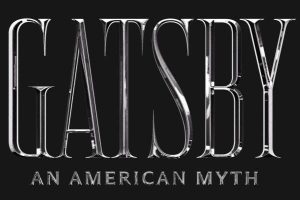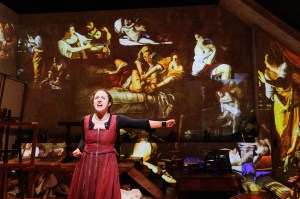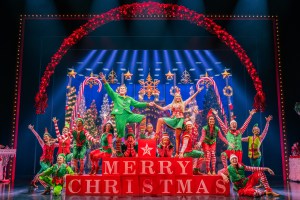Review: Florence Welch and Martyna Majok’s New Gatsby Musical Sizzles as It Fizzles
The most recent musicalization of F. Scott Fitzgerald’s novel is now running in Cambridge, Massachusetts.
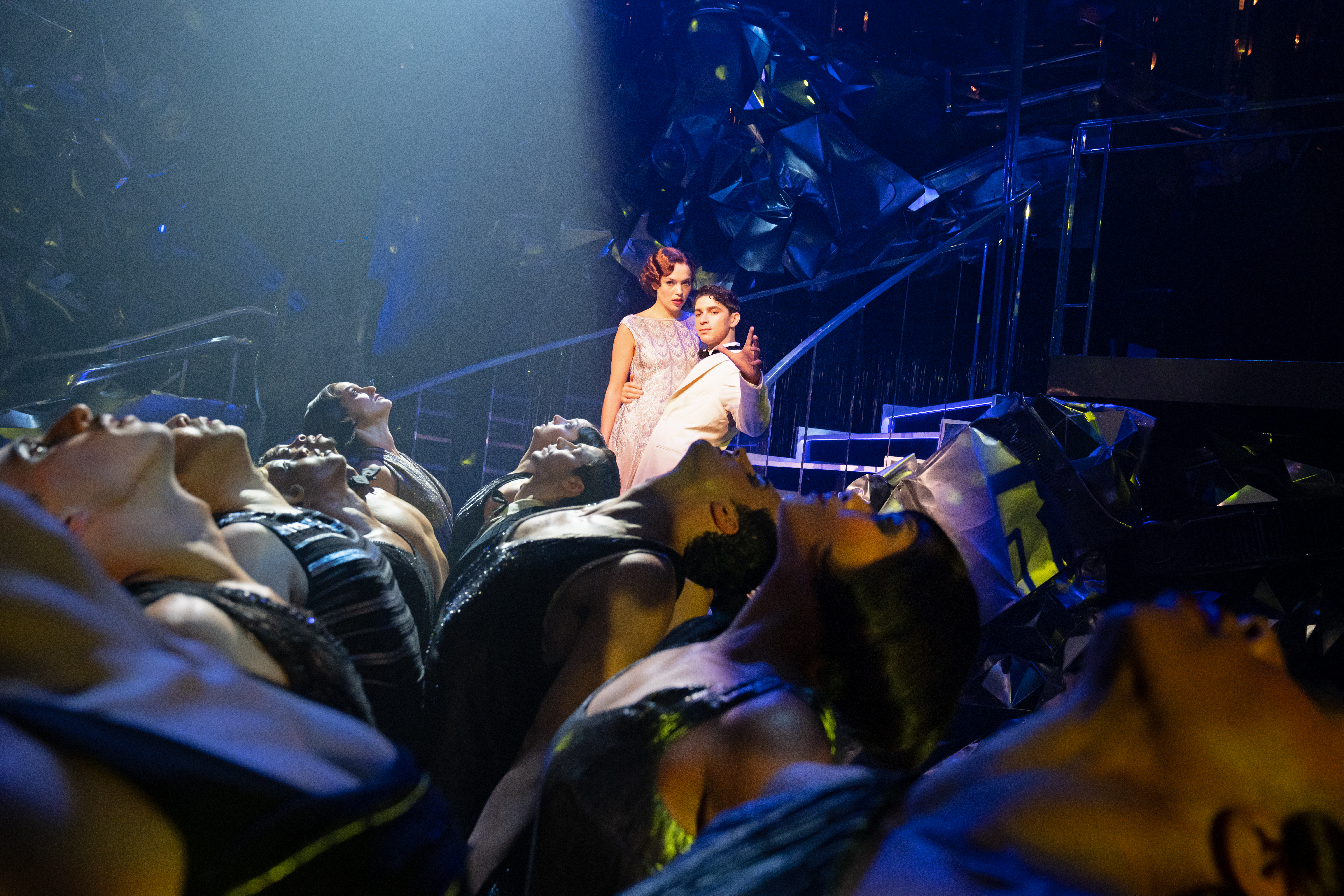
(© Julieta Cervantes)
We meet again, Old Sport. With the first major musical adaptation of The Great Gatsby ensconced on Broadway, the next bite at the apple now debuts at the American Repertory Theater in Cambridge, Massachusetts. Gatsby: An American Myth, now running at A.R.T.’s Loeb Drama Center, boasts a stellar creative team, with a score by pop star Florence Welch, a libretto from Pulitzer Prize-winning playwright Martyna Majok, and a staging helmed by the much in-demand Rachel Chavkin. Although thematically and visually ambitious, the finished product vacillates between faithful rendering of the source material and pushing the boundaries of the familiar, often equivocating along the way.
Initially, Majok and Welch take intriguing liberties with F. Scott Fitzgerald’s beloved Jazz Age tale. The audience still has the chance to revel in the tragic love story of enigmatic playboy Jay Gatsby (Isaac Powell) and shallow society wife Daisy Buchanan (Charlotte MacInnes), refracted through the world-weary lens of narrator Nick Carraway (Ben Levi Ross). Yet Majok’s framing shifts the story’s focus in intriguing ways. She beefs up the character of Myrtle Wilson (Solea Pfeiffer) — the mistress of Daisy’s husband Tom (Cory Jeacoma) — who’s trapped in a foundering marriage after losing her daughter to the 1918 influenza pandemic. Nick, usually presented as a stolid and dispassionate observer, embraces queer desire, lustily kissing another man at a wild party.
These revisions admirably wrest the work away from appearing like something encased in amber. They also lead to some of the production’s most compelling moments: the charged interactions between Pfeiffer’s Myrtle and her husband, George (a haunted Matthew Amira), and her daydreaming desire for a glamorous life in New York City, underscore the roiling tension that exists beneath the material’s glitzy surface. Yet these new perspectives are jettisoned at regular intervals, as the action moves back to the realm of the familiar. Within the book scenes, Nick resumes the role of affable sidekick, his burgeoning new identity never directly addressed again.
Throughout the rest of the musical, the characters either remain too vaguely drawn or lack mystery. MacInnes’s Daisy loses some of her unsavory edge, presented more as a victim rather than a willing participant in constructing her gilded cage. Although she sings especially well, with a voice that moves fluidly between a willowy upper register and rich chesty tones, MacInnes doesn’t offer much of a characterization, occasionally fading into the ensemble in large choral scenes. Although Powell looks every inch the captivating sybarite in his pastel-pink linen suit (the costumes are by Oscar winner Sandy Powell), his Gatsby is neither dangerous nor alluring, a cipher rather than a magnate. As a pair, they fail to generate the combustible chemistry that leads them to nearly explode the world around them.
Ross lacks the wry, knowing quality needed for Nick, and while Eleri Ward comes closest to capturing the self-assured éclat of the Roaring Twenties, her Jordan Baker too often seems like an afterthought. With the exception of Pfeiffer and Amira, who find a surprising level of depth in the struggling relationship between Myrtle and George, the acting remains largely general, with Chavkin expending more energy on the movements of the large, synchronized ensemble. Although A.R.T. artistic director Diane Paulus was not involved in this production, the primacy of the chorus recalls her stagings of musicals like Waitress and Jagged Little Pill, where extraneous bodies regularly intrude on private moments.
Welch’s score (co-written with Thomas Bartlett) oscillates between the indie-rock sound she has cultivated with her band Florence + The Machine and the current trend of pop-infused Broadway music. Only rarely does it reach for any sort of verisimilitude with the era presented, though it’s at its best when it does. The most memorable numbers include the vaudevillian “Feels Like Hell,” a raucous backstory number for Gatsby’s shady benefactor, Meyer Wolfsheim (a slippery Adam Grupper), and the bluesy “Driving My Way,” in which Myrtle expresses her longing for a world far away from her humble surroundings. The remaining music sounds pleasant but is unmemorable, and Welch’s lyrics lack an expressive, poetic flair — and they are often rendered unintelligible by Tony Gayle’s overamplified sound design.
Mimi Lien supplies an eye-catching abstract set that calls to mind her work on Natasha, Pierre and the Great Comet of 1812, with gilded staircases rising from the foundation of a disturbing junkyard, littered with the bodies of smashed automobiles. Though undeniably memorable, it feels a bit too on the nose in its symbolism. Alan C. Edwards’s lighting design also turns a tad bright and confrontational as the story moves toward its conclusion. Sonya Tayeh’s choreography contains a few thoughtful touches — like a distorted Charleston near the top of the show — it more often looks like rehashed Fosse, all loose limbs and jazz hands.
Now seen across two prominent musical attempts, The Great Gatsby as a work tests the limits of adaptation. So much of its enduring power is caught up in Fitzgerald’s diaphanous prose, which creates a world at once seductive and revolting, elegant and venal. Neither the painstaking literalism of the current Broadway version nor the stylish abstraction of this current rendition come close to capturing that essential dichotomy. And so we beat on, boats against the current, awaiting the inevitable next stab.
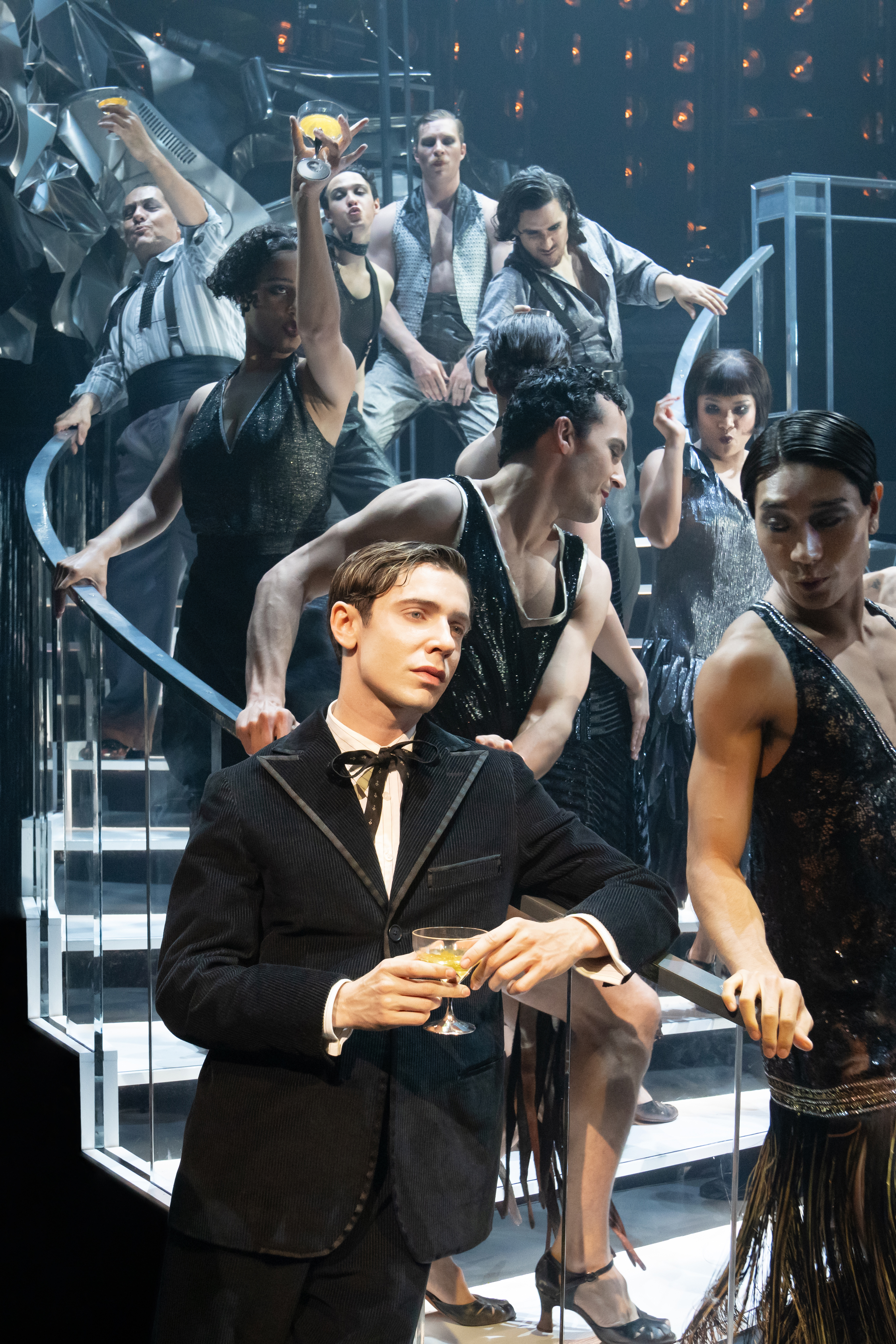
(© Julieta Cervantes)




